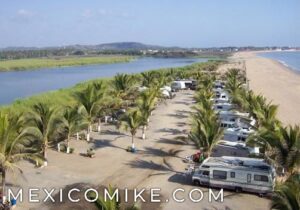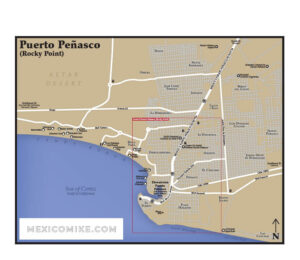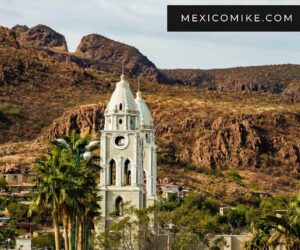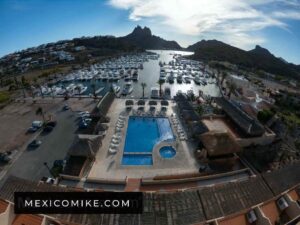Located on the Sea of Cortez in northwest Mexico, the state of Sonora also borders the Mexican states of Baja California, Sinaloa, and Chihuahua. Sonora is also on the border with the U.S. across from the U.S. states of New Mexico and Arizona. Its location on the sea makes it a popular tourist destination. Admitted as a state in 1824, Sonora boasts a natural landscape that makes it a standout among eco-tourists while its beaches draw vacationers from around the globe.
Important Facts About Sonora
Sonora has a population of 2,711,884 people. It has an area of 69,306 square miles, making it the second-largest state in the country. Sonora’s capital is Hermosillo which is also its largest city. The state has relied heavily on industries like agriculture and livestock, but tourism is one of Sonora’s most important industries today.
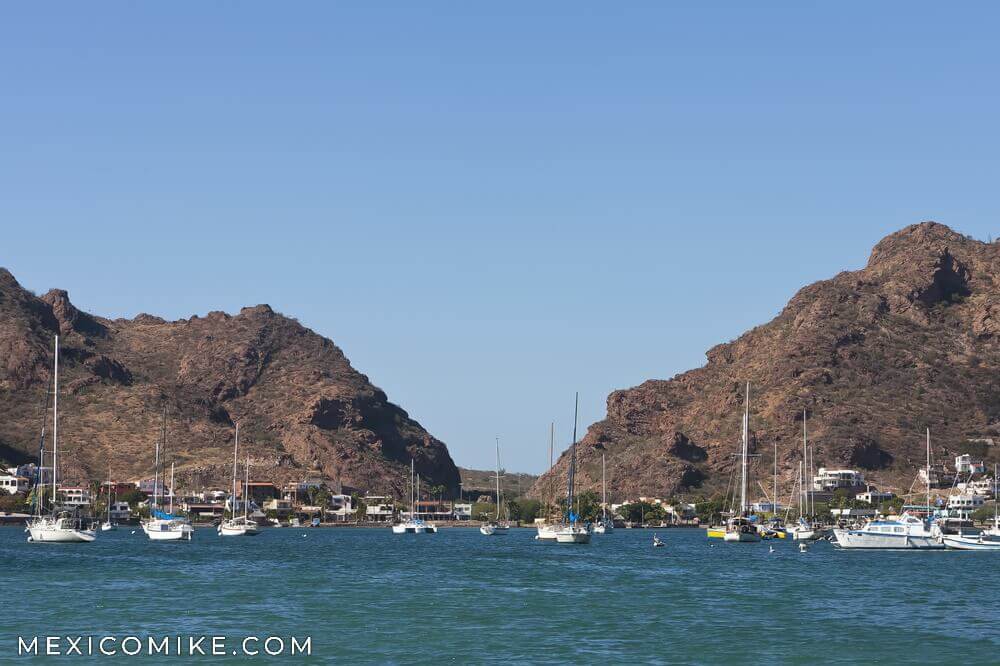
Sonora Geology and Landscape
The Sierra Madre Occidental greatly influences the geography of the state. When the Baja Peninsula separated from mainland Mexico roughly twelve million years ago, it left the mid-region of Sonora with center plains and flatlands. While the region lacks water, the lands are essentially fertile due to the rivers that brought volcanic sediment to settle from the Sierra Madre Occidental peaks.

The coastal region, all 507 miles of it, faces the calm waters of the Sea of Cortez. The beaches are popular among residents of the country as well as travelers from abroad. The mountains dominate the landscape of eastern Sonora, however. Because of its high altitude, this part of the state tends to receive more rain. The state is also home to incredible drylands like those of the Sonoran and Altar Deserts. With its very diverse landscape, it isn’t surprising that the flora and fauna of Sonora is also diverse. Some of the state’s best-known plants include cactus, mesquite trees, and highland evergreens. Animals that make their home in Sonora include mule deer, coyote, jaguar, wolf, and various types of reptiles. While parts of Sonora remain hot in the extreme, the state enjoys a sunny climate nearly throughout the year.
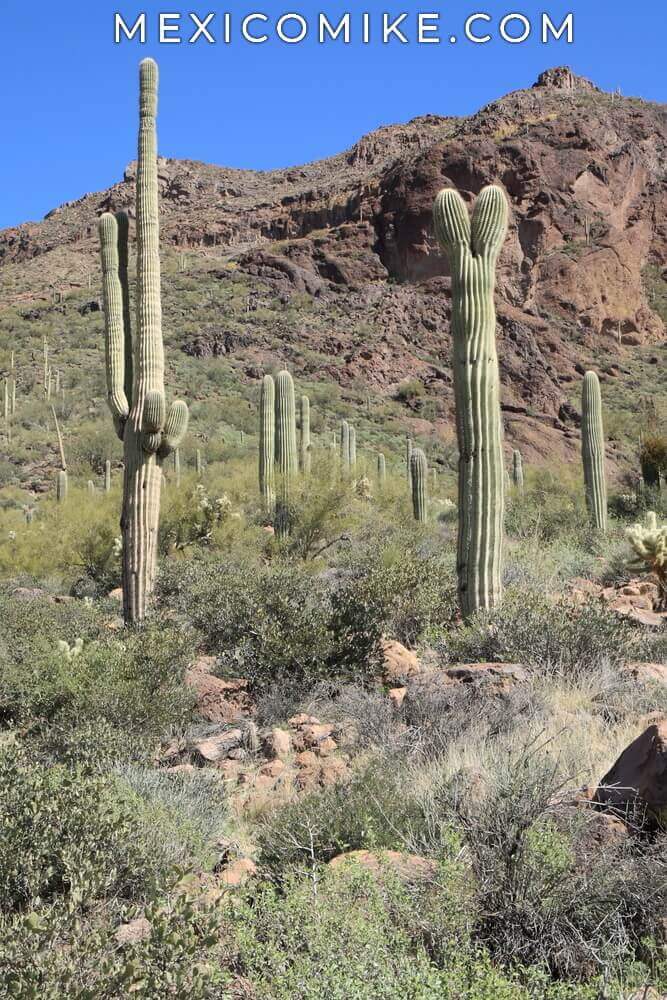
History of Sonora
Archeologists believe that the region of Sonora likely witnessed settlements around 1500 B.C. Early groups in the area were the Mayos and the Yaquis. Both tribes were known for their aggressive territorialism and fierce practices. Although the Spanish entered the area in 1531, they did not enter Sonora until 1533. The infamous Conquistador Nuno Beltran de Guzman was the first Spaniard to face off against the region’s indigenous people; however, he soon retreated back to safer havens. Even as other Spanish arrived to try to search for the wealth of found settlements, fierce indigenous uprisings occurred until well into the seventeenth century. Moreover, culturally it remained difficult for the indigenous people to reconcile their way of life with Catholic and Spanish culture.
At the time of the War for Independence, Sonora greatly supported the overthrow of Spanish rule. However, even after independence during the nineteenth century, considerable political turmoil ensued. Thousands of indigenous people were killed during the Diaz dictatorship when they protested their marginal status in the nation and demand their share of rights. Not surprisingly, the state was enthusiastically in favor of the Mexican Revolution that overthrew the Diaz regime. Today, the state benefits from immense trade with the U.S. and welcomes many tourists to its lands each year.
Tourism
Perhaps best known for its holiday destination Puerto Penasco, more famously known in the U.S. as Rocky Point, Sonora also has a landscape that is particularly attractive to sun-seekers and vacationers. The desert and mountain regions offer extreme eco-activities like four-wheeling, mountain climbing, rock climbing, hiking, and camping. The beaches on the tranquil Sea of Cortez are known for their water sport like scuba and snorkeling. Sport Fishing is a major tourist draw as well. Aside from Puerto Penasco, the capital, Nogales, and Guaymas are also popular hubs for tourism.
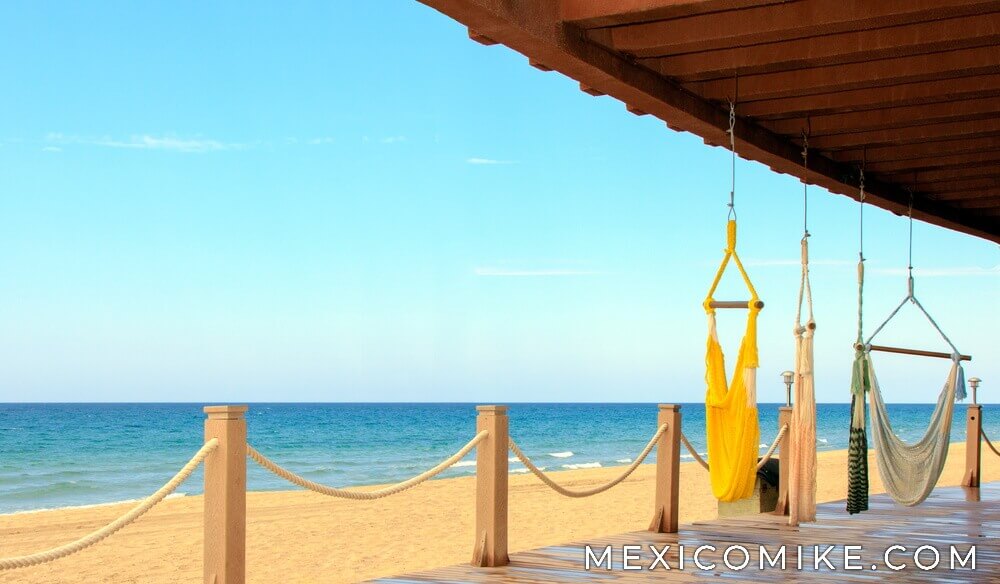
Hermosillo
Hermosillo is centrally in the northern corridor of the state on a plain of the Sonoran Desert, the capital city has been an area of settlement for roughly three thousand years. Today, it is known for its cultural attractions like its main square and cathedral. Its museums and festivals attract many visitors each year. The city is also located near other important state attractions like the archaeological zone known as La Pintada.
Puerto Penasco
This tourist city is a major vacation destination for northern Mexico. Its incredible sport fishing and world-class hotels and golf make it a popular playground for many international tourists, particularly from U.S. states like Arizona and California. Although there are plenty of high-end accommodations and restaurants, the city is also popular among the RV and camping set.
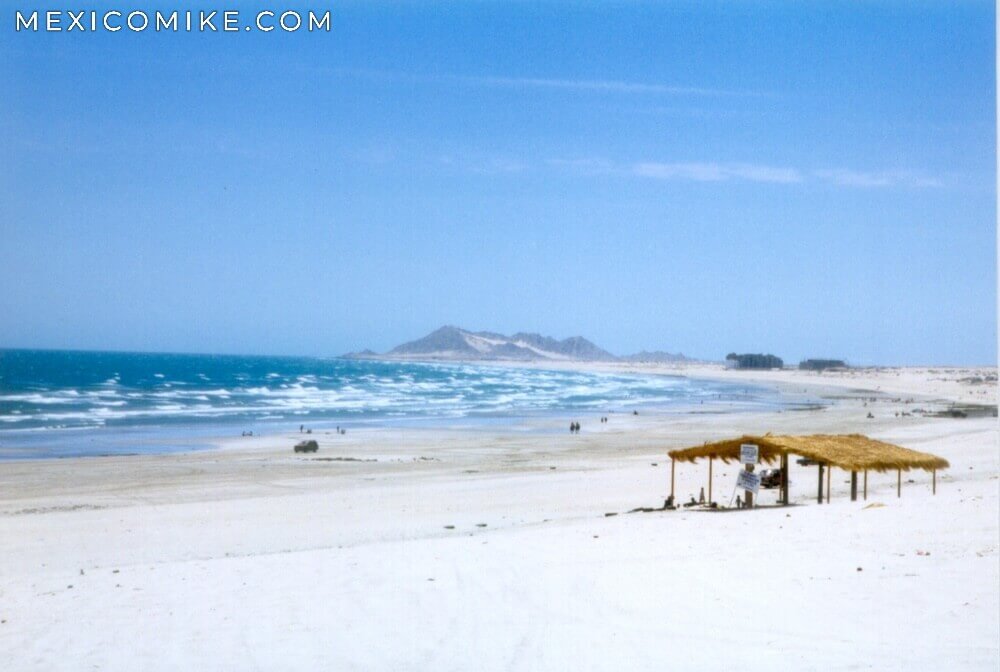
Other Things to See and Do
El Pinacate: This intriguing volcanic region is a biosphere reserve located in the northern part of the state. Its sand dunes and dramatic landscape give it an otherworldly quality that makes it popular with eco-tourists.
Guaymas: This city has a mostly industrial port; however, visitors come to Guaymas to enjoy its cultural attractions like its festivals of Carnival. It’s also a popular town for baseball. Beach lovers who visit Guaymas will enjoy the nearby beach town of San Carlos.
La Pintada: This area is an archaeological treasure trove that is world-famous for its caves and religious centers. The caves are well known for their ancient cave paintings.
San Jorge Island: Located under twenty-five miles from Puerto Penasco, these rocky outcroppings in the Sea of Cortez are a popular destination for scuba kayakers and snorkelers.
Ruta de la Missiones: This route leads tourists away from the coast to witness various colonial missions that are part of the state’s cultural history. Essentially following the Sonora River, this tourist route includes many breathtaking churches and traditional villages.
Nogales: This well-known border town is one of the busiest points of entry for U.S. tourists entering Sonora Mexico. Many Arizonans flock to Nogales for their less expensive medical care. It is also popular for its markets where tourists can purchase Mexican handcrafts or enjoy traditional regional cuisine.
Canon Los Barajitas: This protected area is located north of San Carlos. It is well known for its stretch of beast as well as its nearby canyon. It is a favorite spot for whale watching as well as scuba and kayaking.
Insurance and Free Zone
A good portion of Sonora is in the Vehicle Permit Free Zone. Please click the link to see the details of the map.


